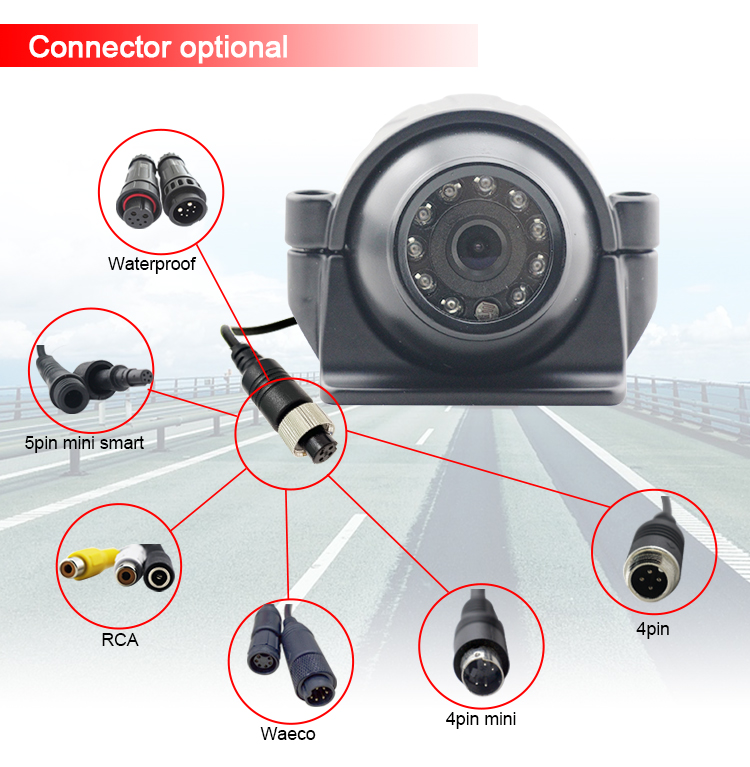How To Reduce Blind Spots in Cars And Improve Driving Safety
The blind spot in a car's field of view refers to an area that the driver cannot directly observe under normal circumstances. This blind spot may hide some dangerous factors and increase the risk of traffic accidents. In this article, we will provide a detailed introduction to the blind spots in cars and how to reduce their impact on driving safety.
1,Types of blind spots in the field of view of cars
Rear blind spot: The blind spot behind a car is mainly caused by the body structure and window design. When reversing or changing lanes, it is usually difficult for drivers to directly observe the situation behind the vehicle.
Blind spot in front: The blind spot in front of a car is usually caused by obstacles such as the A-pillar (which connects the roof to the front of the vehicle). These obstructions may hinder drivers from observing factors such as intersections, pedestrians, or other vehicles.
Side blind spot: The blind spot on the side of a car includes the area between the driver's A-pillar and the vehicle's B-pillar, especially when turning or changing lanes, which may hide vehicles or pedestrians from the side.
2,The impact of blind spots on driving safety
The blind spots in a car's field of vision have a significant impact on driving safety. Below are several specific introductions:
Traffic accidents increase: The blind spot may hide other vehicles or pedestrians from the rear, front, or side. When the driver fails to observe objects in the blind spot during lane changing, lane merging, reversing, etc., it may lead to traffic accidents.
Pedestrian safety is at risk, especially in congested urban areas where pedestrians are easily located in blind spots of cars. If the driver is unable to observe pedestrians in the blind spot, it increases the risk of pedestrian injury.
Driving inconvenience: Due to blind spots causing a loss of vision, drivers need to constantly adjust the front and rearview mirrors to obtain better visual coverage, which brings inconvenience to driving.
3,Methods to reduce blind spots in cars
To reduce the impact of blind spots in cars on driving safety, we can take some effective measures, as shown below:
Installing blind spot assist system: Modern cars are often equipped with blind spot assist systems, such as backup camera, reverse sensor, LCA, 360 Auto panoramic image system. etc. These systems can help drivers observe blind spots and detect potential dangers in a timely manner through cameras or sensors.
Reasonably adjust the rearview mirror: The driver should adjust the angle and position of the rearview mirror reasonably to expand the field of view and minimize the presence of blind spots. Meanwhile, using wide-angle mirrors can reduce the risk of blind spots in the rear.
Attention to blind spots on the side: When turning or changing lanes, drivers should pay special attention to the blind spots on the side to ensure that there are no other vehicles or pedestrians when changing lanes. If necessary, lane changing safety can be increased by installing lane merging assistance (blind spot monitoring system).

Pay attention to adjusting seat height: The driver can adjust the height of the seat appropriately to better cover the front of the car in their field of view.
Contact: Mr.Tom
Phone: 0086-755-85279352
E-mail: sales@szjeavox.com
Add: FL7-8,4 Bldg,Honghui Industrial Park,Liuxian 3 Rd,68 Zone,Bao'an,Shenzhen, China